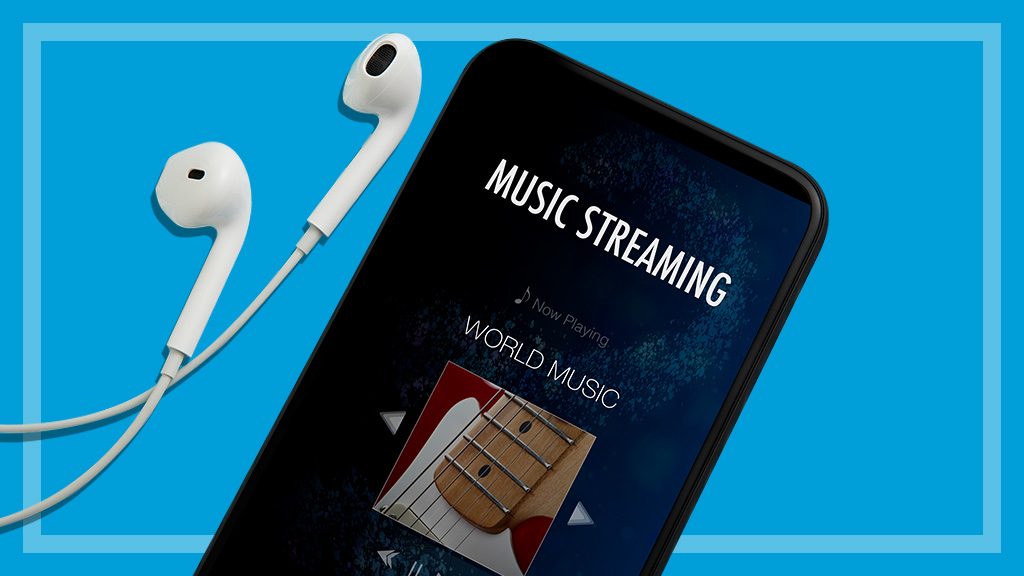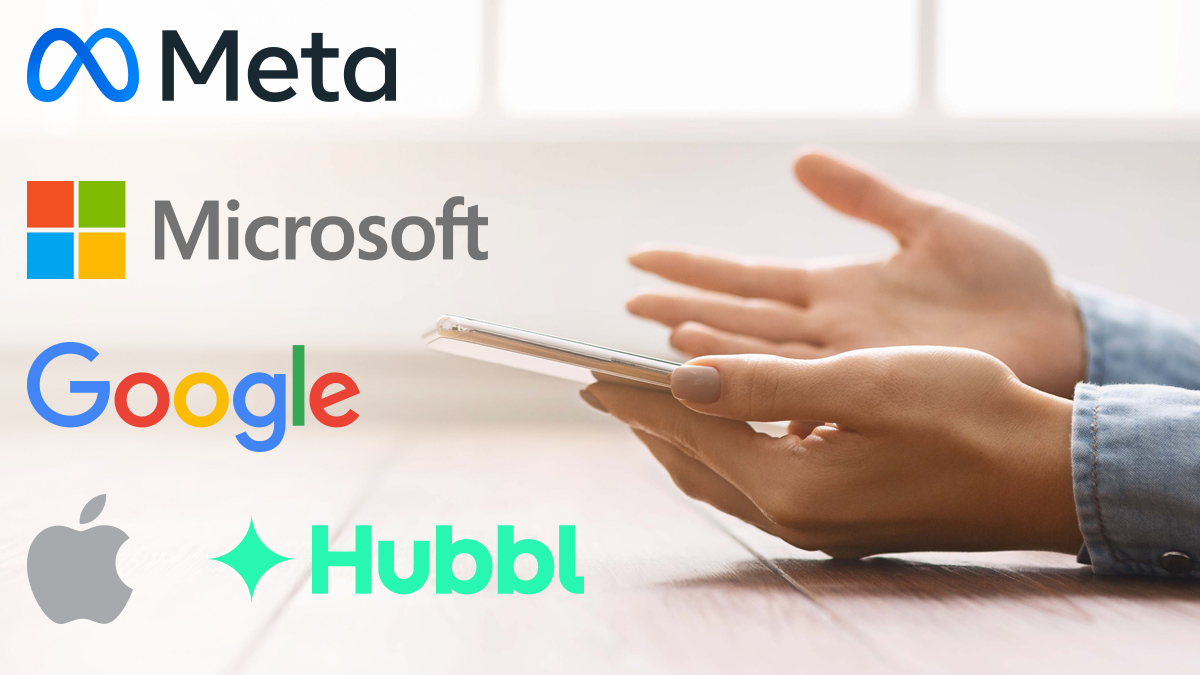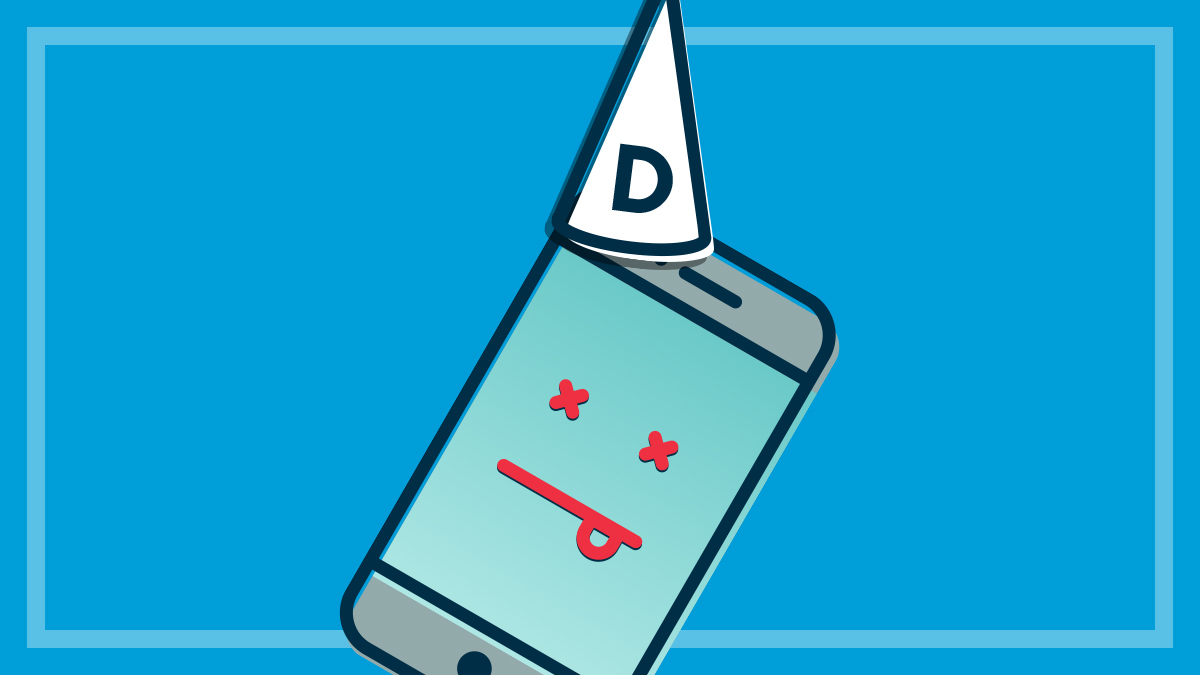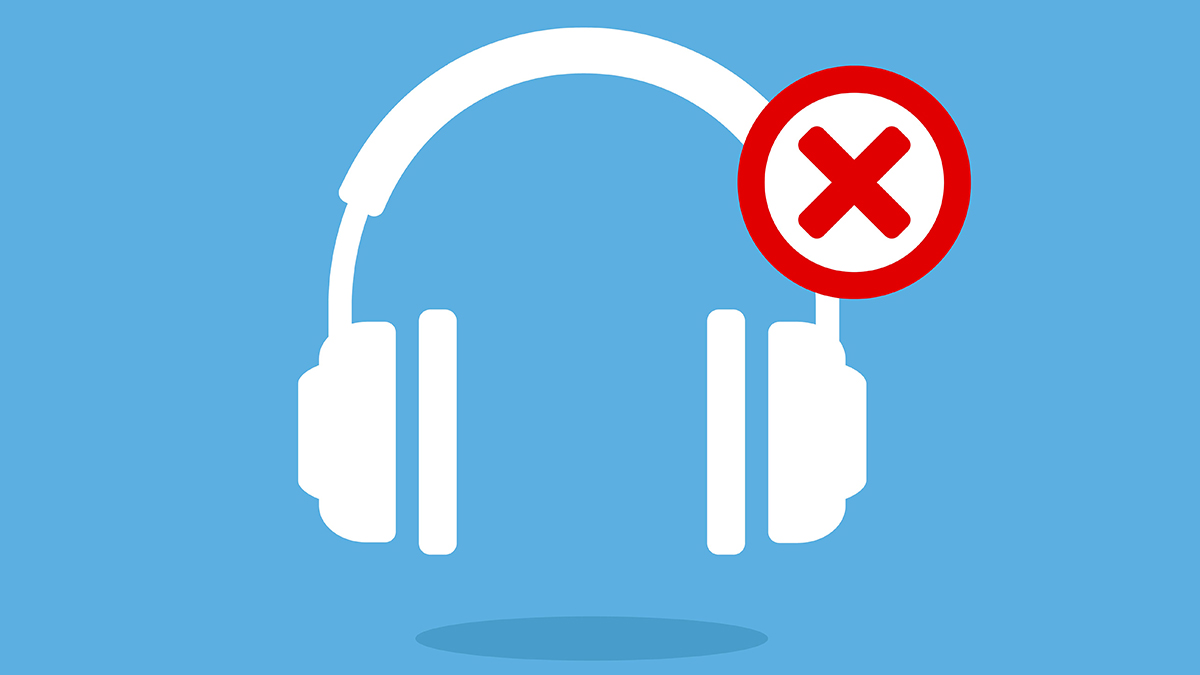How to find the best music streaming service
Should you pay for a premium package?
Last updated: 25 Jan 2019
Music streaming services provide a level of convenience and value for money that physical formats like CDs can’t match. A month of full access to millions of song titles usually costs less than a new-release CD. Online music streaming puts you in the DJ hot seat, giving you control over what you listen to. Create a playlist of music by genre, era, artist, or any other search term you can think of, or follow other people’s recommendations and playlists. You can listen to songs on lots of devices too, including your computer, phone and even games consoles such as the PlayStation 4 or Xbox One.
On this page:
Do you need to pay to play?
There are a few of free options if you’re happy to sit through ads – it’s a lot like radio, but better, because you get to choose the songs. Or you can have music without the ads by paying a monthly fee.
- Companies such as Spotify and Deezer offer free and paid options
- Others like Tidal only deliver a paid service.
- Most also include a family plan, which provides individual accounts and group discounts for relatives living at the same address.
In the free services, the ads can be quite frequent, appearing every three or four songs – so they can get a bit annoying. Paid versions come without the ads but also offer other benefits, such as the ability to stream on more devices and allowing downloads so you save on mobile data consumption. Also, you will usually only get app access with a paid service.
All paid services offer free trials, so you can test out the premium option to see if the benefits are worth it. But be careful – once the trial’s up the service may automatically begin billing you.
Sound quality vs data consumption
Audio quality varies quite a bit between the different services. Some can offer quite good quality, but keep in mind that streaming doesn’t have the same audio quality as CDs. Streaming services generally provide lower quality audio files, as the amount of download data required to replicate a CD or vinyl record is too large to be practical, especially on a mobile connection.
- A standard-quality, three-minute MP3 file will consume about 4MB of data
- A high-quality equivalent (which is still well below CD quality), will use around 12MB.
- The same song streamed at CD quality can run up 40MB.
This is why most services try to find a good balance between quality and consumption. You can negate the data issue on most services by using offline mode, which lets you download tracks while you’re on Wi-Fi.
While the standard and high-quality MP3 files aren’t technically on par with CDs, they’re still good enough for the average listener, especially when you’re streaming on-the-go. Compare the two, and you’re unlikely to notice any glaring differences, unless you have trained ears and a high-end sound system. If that’s the case, you could try Tidal or Deezer, which have CD-quality subscription packages.
Custom quality
Many services let you set the audio quality yourself to high or low for example.
- However, some services such as Apple Music, automatically adjust based on your internet connection speeds.
- These options can become confusing as there isn’t any standard terminology.
- Deezer, for example, refers to its lowest and mid-quality options as ‘basic’ and ‘standard.’ Google Play and Spotify however, use ‘low’ and ‘normal.’
- Similarly, ‘very high’ quality on Spotify is a little misleading, as it’s more or less the same as Tidal’s ‘High’ quality option.
Which songs are available?
Just because a service hosts millions of melodies, doesn’t mean they have every song. There’s a bunch of factors that can dictate availability.
- Older, independent and obscure artists can be difficult to track down.
- Specific versions of jazz and orchestral pieces that have been performed by multiple groups can be tricky too.
- Popular music is generally a safe bet, and a number of bands that held out for years including Metallica, Tool and The Beatles are now available for streaming.
- Some artists restrict their work to certain services – Beyoncé’s hit 2016 record Lemonade is a Tidal exclusive (though the rest of her catalogue is on Spotify).
- Others are contractually restricted to one service for a short period of time. Kanye West, who initially released his 2016 record The Life Of Pablo on Tidal, followed by other services later in the year.
A few services let you upload your own music as a workaround. Google Play, for example, can sync with digital tracks in your cloud account, but this can be a time-consuming exercise. Take advantage of the free trial period to find out whether the subscription you’re considering supplies your favourite songs or lets you upload music you own.
What to look for
- Ease of use: Searching for songs, albums or artists on a music streaming service is usually straightforward, but finding a specific song or album in the search results can be confusing, as most list multiple versions of one track. It can also be time consuming finding the song, as some list exact and similar results in a long list.
- Sound quality and data consumption: Try to find a service that strikes a good balance between sound quality and data consumption, and one that lets you set the sound quality, as this will assist with data management.
- Offline mode: This lets you listen to songs on the go without consuming mobile data.
- Multi-platform support: Note the supported platforms and whether they suit your needs and the devices you already own. For example, you may want to consider Amazon Music Unlimited if you own an Echo smart speaker.
- Smart speaker integration: This gives you the option to select music using voice commands.
- Family friendly features: Such as the option to filter explicit content, stick to family friendly music, or mute artists altogether.
- Additional content: If the service is part of a larger company, a subscription may include other entertainment options. YouTube Music provides access to YouTube Red, your Amazon Music account can also connect to Amazon Prime Video, Tidal includes exclusive music videos live concerts, documentaries and interviews, and Apple Music often has exclusive access to videos as well.
- Podcasts: Some services have added podcast support.
Cost
- Free (with ads): Deezer and Spotify
- $12 per month (no ads): Deezer, Spotify, Apple Music, Google Play Music, Tidal, YouTube Red Music, Amazon Music Unlimited.
- $24 per month (no ads, hi-fi grade): Deezer and Tidal
Related
Peter Zaluzny is a Content producer in the Digital home team. He covers everything from home entertainment and personal safety devices to tech for your car and mattresses.
Peter enjoys cutting through the nonsense to help people understand the products they’re considering to buy. He helps consumers make educated, informed decisions.
Peter has a Bachelor's degree in Journalism and a Bachelor of Arts from the University of Wollongong. LinkedIn
Peter Zaluzny is a Content producer in the Digital home team. He covers everything from home entertainment and personal safety devices to tech for your car and mattresses.
Peter enjoys cutting through the nonsense to help people understand the products they’re considering to buy. He helps consumers make educated, informed decisions.
Peter has a Bachelor's degree in Journalism and a Bachelor of Arts from the University of Wollongong. LinkedIn







